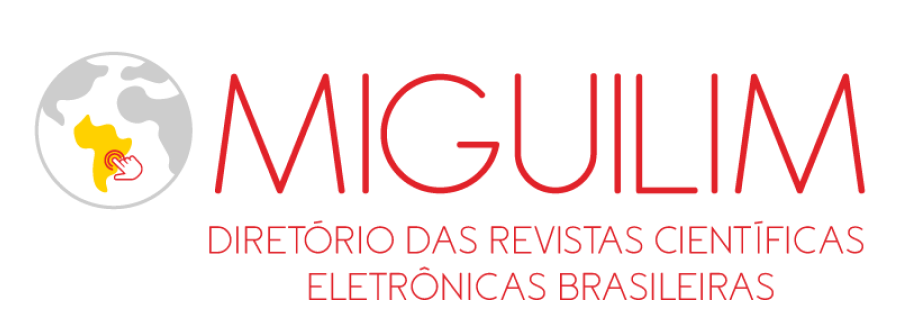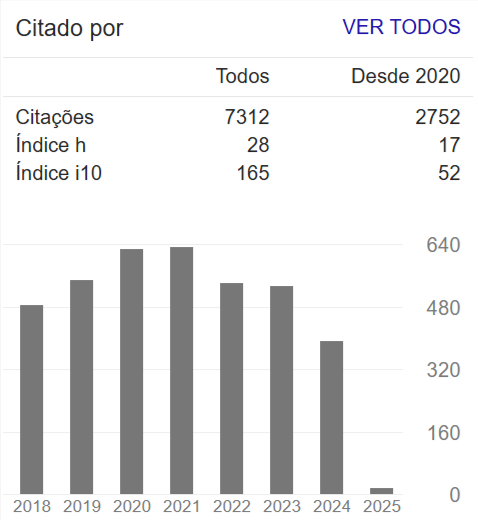Enhanced In Situ Bioremediation in Source Zones
Resumo
In situ bioremediation (ISB) can be a low-cost approach for accelerating remediation timelines at sites impacted with dense non-aqueous phase liquids (DNAPLs) such as trichloroethene (TCE) and tetrachloroethene (PCE). To achieve high rates of biologicallyenhanced dissolution, electron donor needs to be delivered, as well as sustained at an effective concentration at the DNAPL:water interface for the growth of and consumption by dechlorinating biomass. Electron donors such as lactate and emulsified vegetable oils (EVO) are consumed as they migrate towards source zones by non-dechlorinating biomass. Typical electron donor applications have only 1 to 10% efficiency. Hence, typical applications have accounted for the loss of reducing equivalents with the addition of a five to ten times the amount of electron donor required as a safety factor. Adding high concentrations of electron donor may overcome these limitations by allowing higher concentrations of electron donor to reach the DNAPL:water interface; however, this will in turn increase the application cost significantly. Improving electron donors may be a way to reduce costs for source zones. The presentation will present a summary of a demonstration completed to verify that bioremediation could be used to treat a PCE DNAPL source area and a new electron donor being investigated to improve donor delivery to source areas.

















